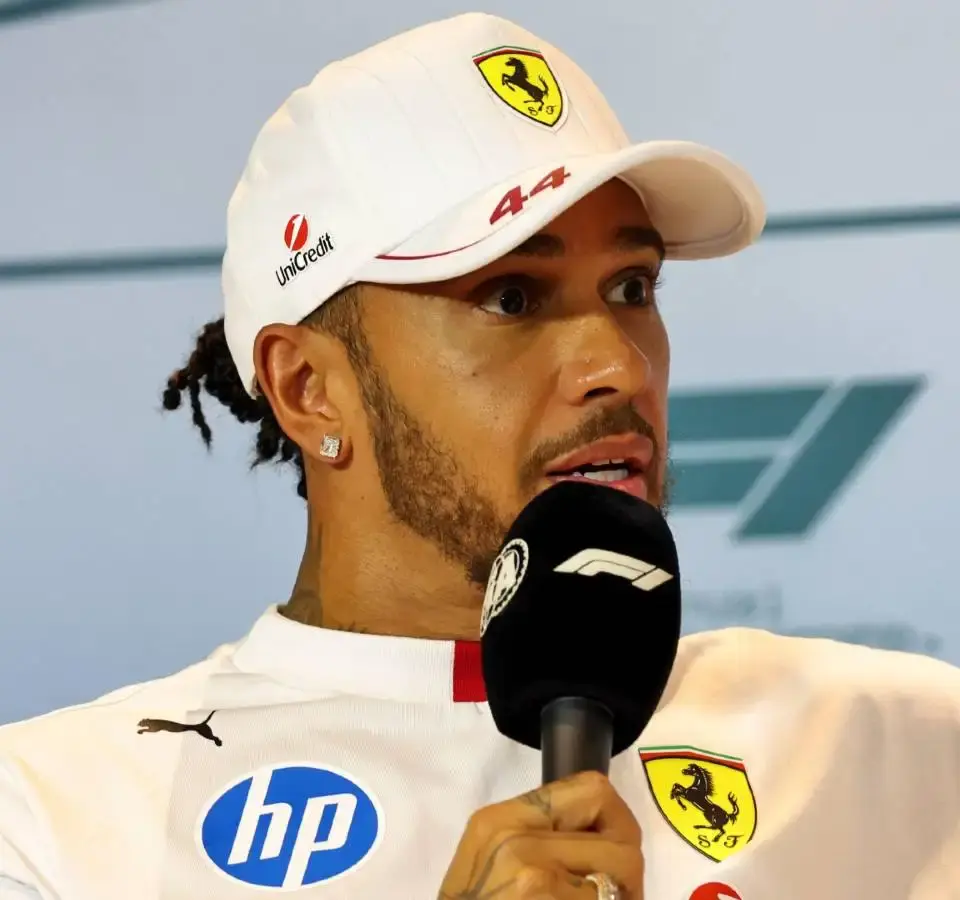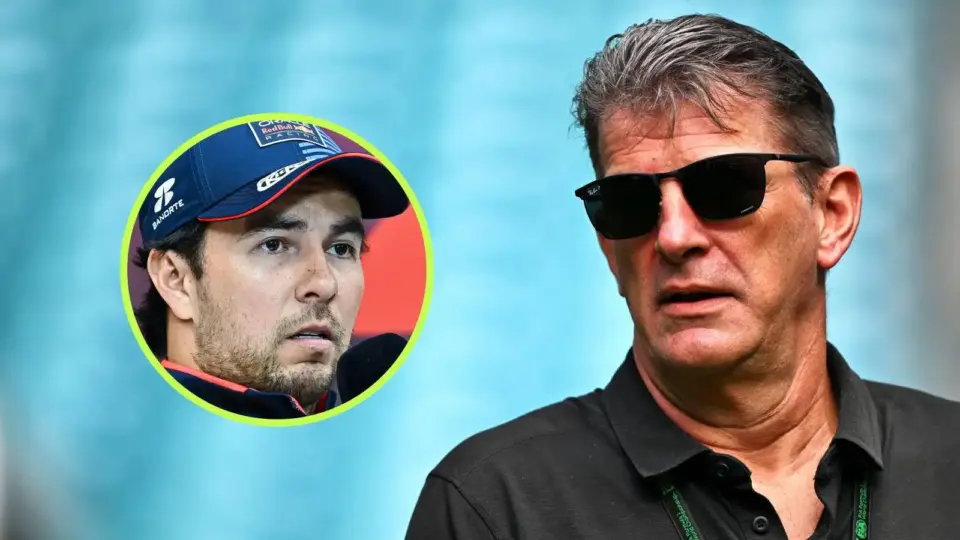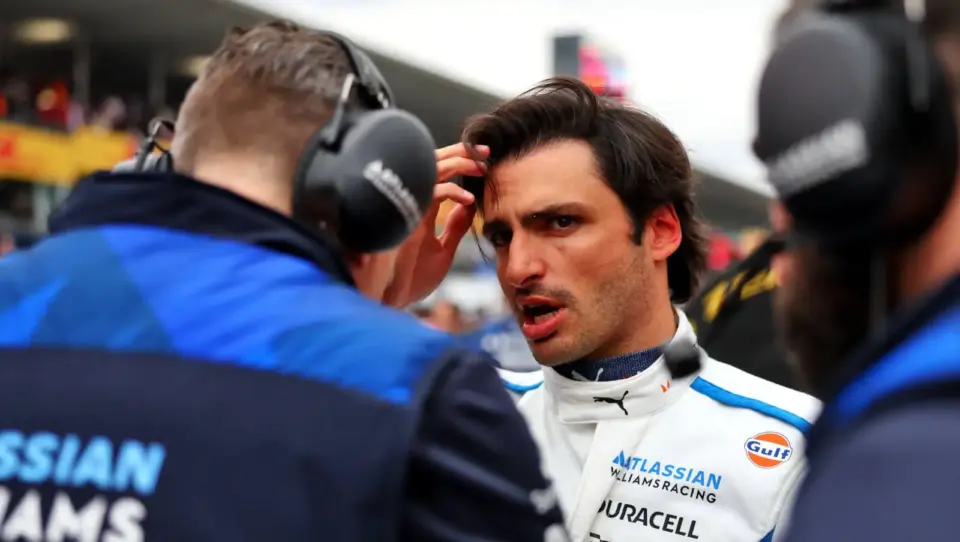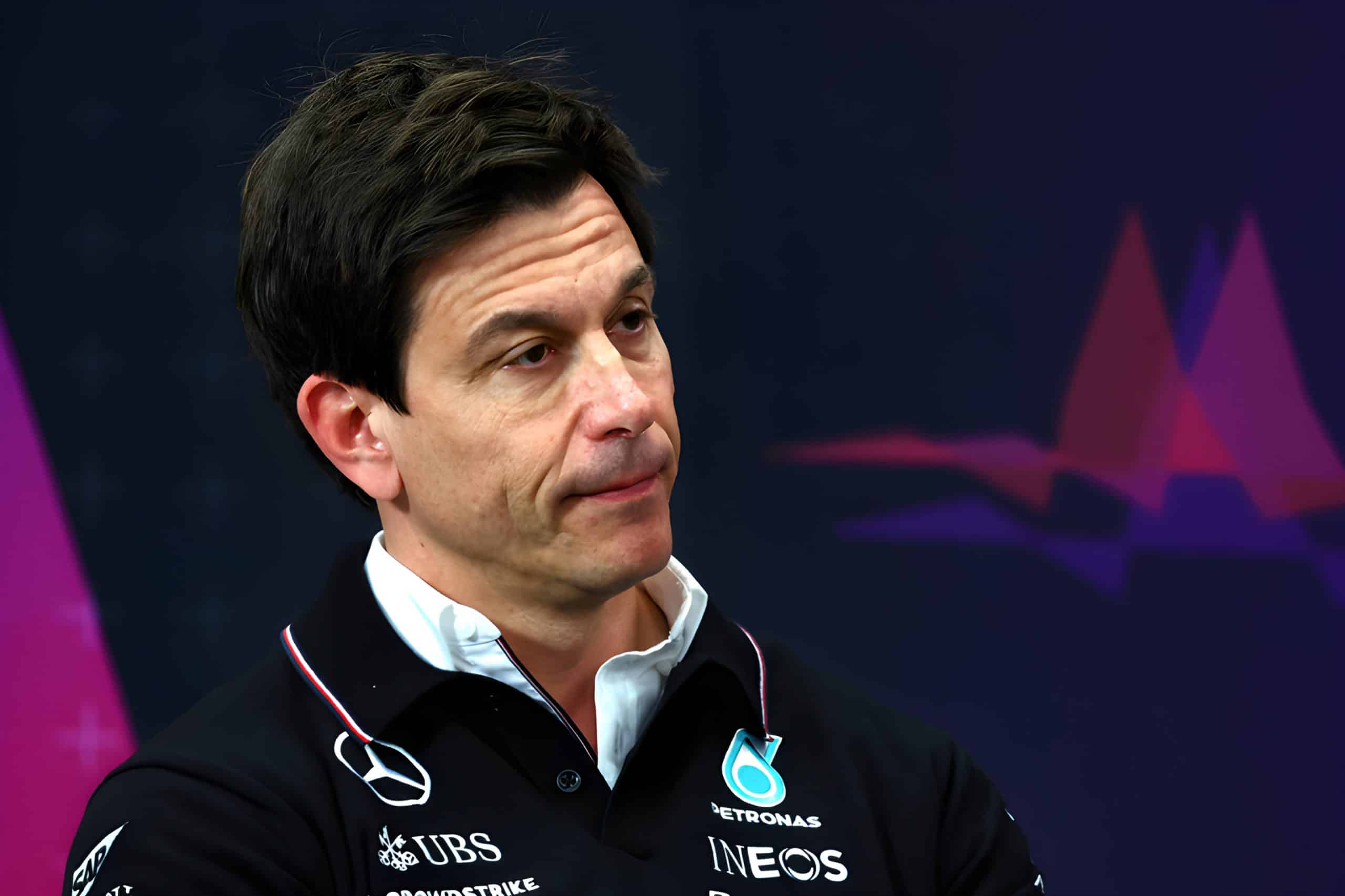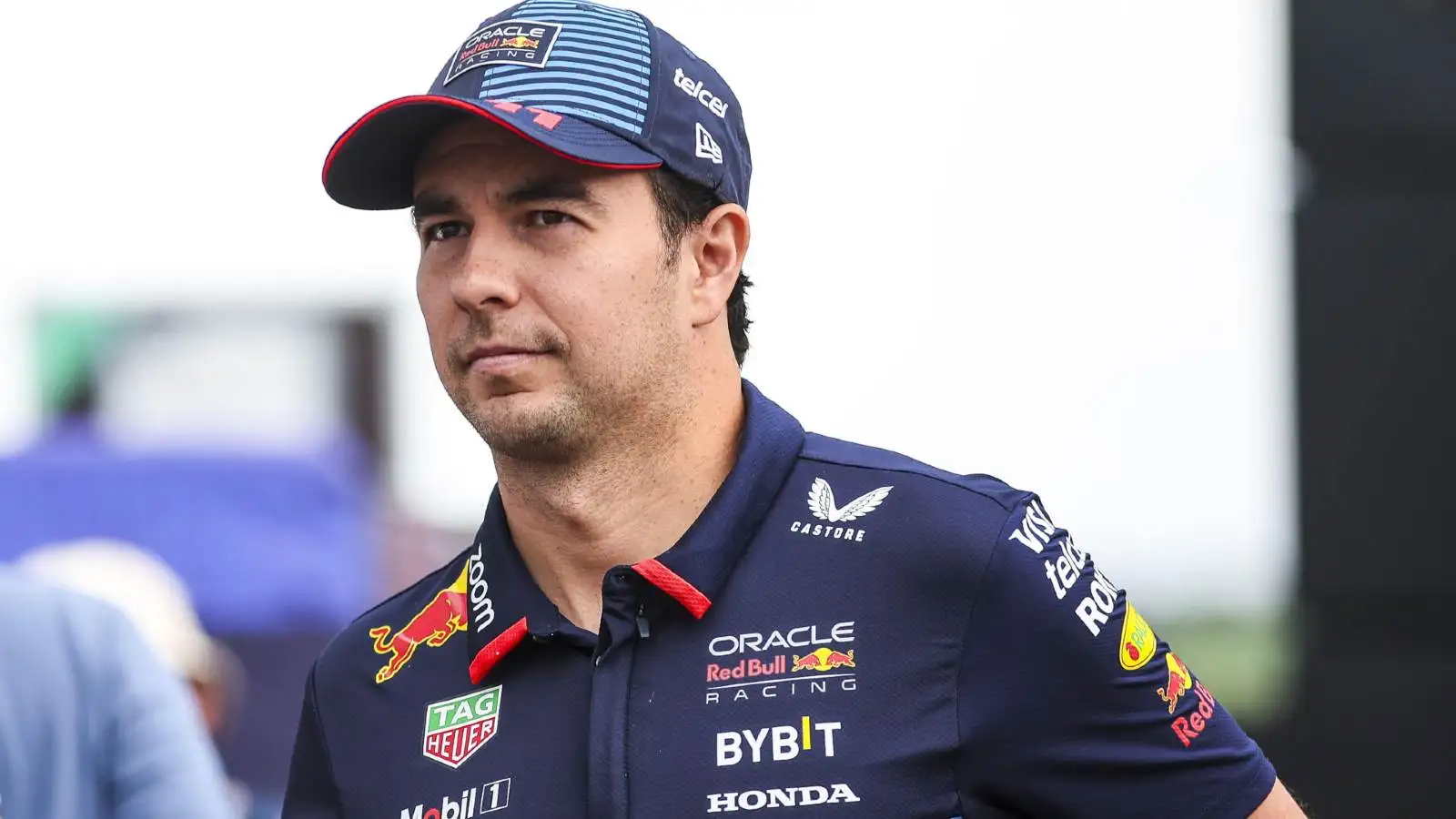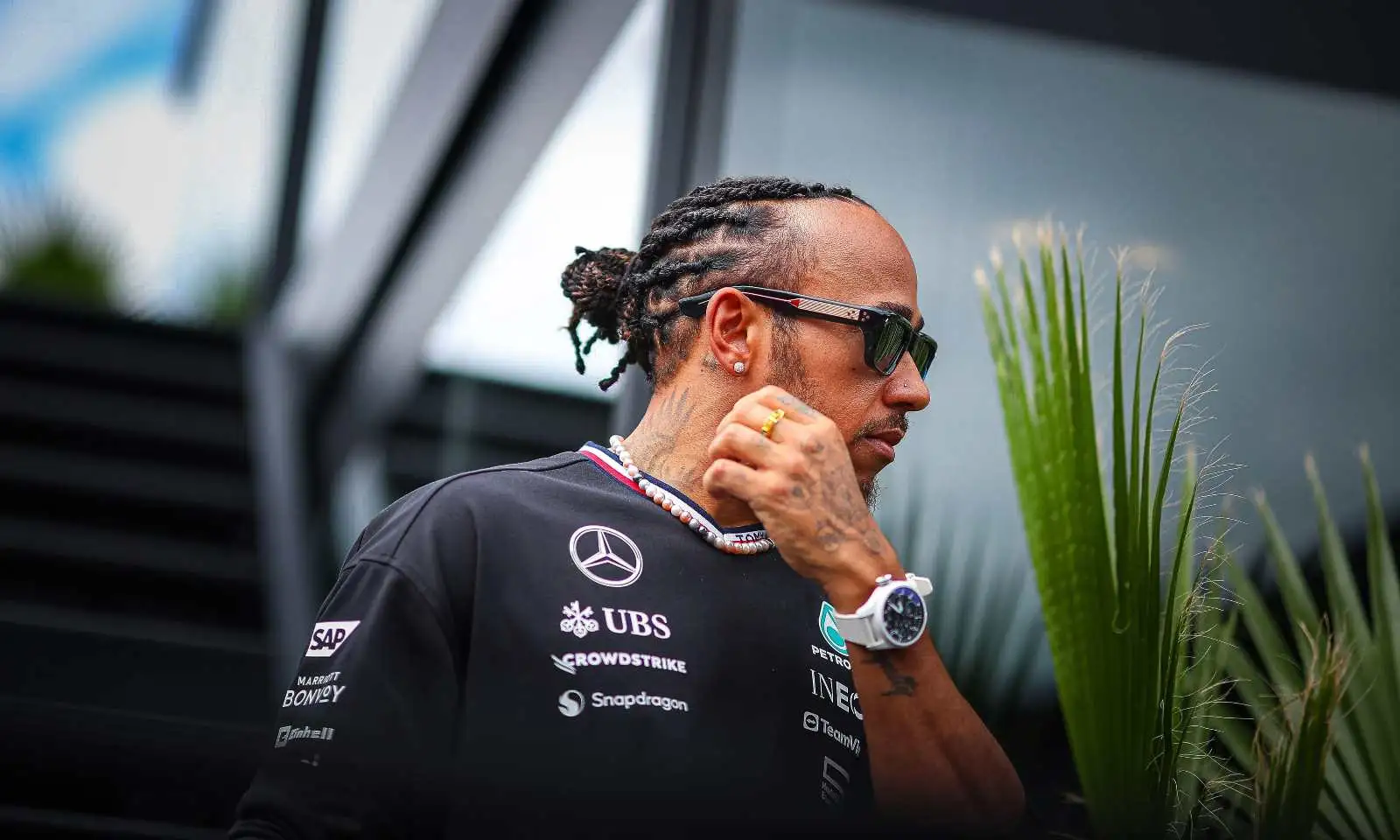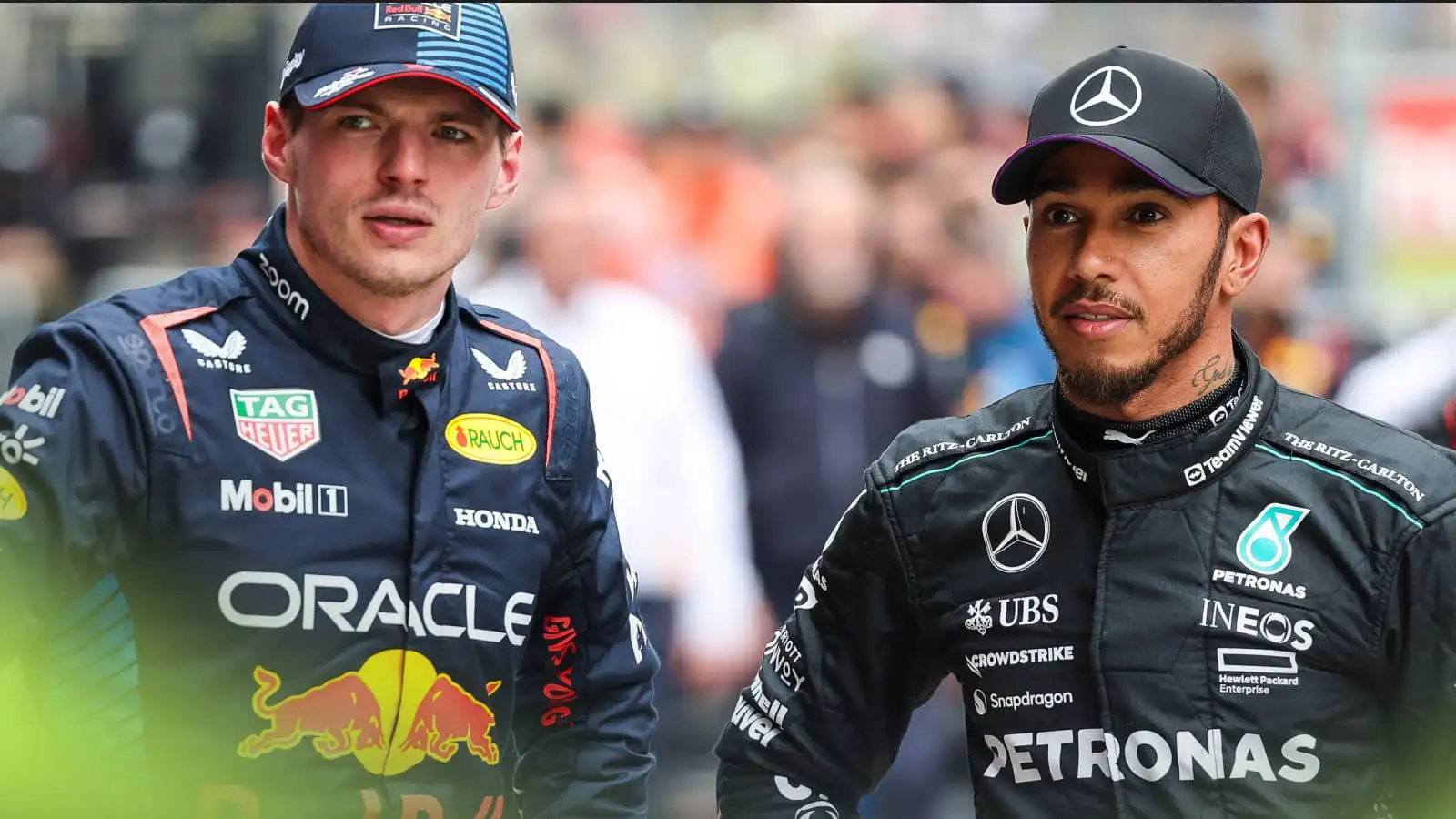In the midst of a high-profile transition from Mercedes to Ferrari, Lewis Hamilton is navigating a web of challenges that are impacting his performance and comfort behind the wheel.
Lewis Hamilton, a seven-time Formula 1 World Champion, is embarking on a significant career change, having moved from Mercedes to Ferrari. This shift has proven to be more daunting than expected, as Hamilton candidly admits. He’s found himself grappling with numerous issues as he settles into his new role at Ferrari, with the driving experience differing substantially from what he’s accustomed to.
Hamilton openly acknowledges his struggles, likening the need for adjustment to requiring “a brain transplant” to comprehend the new car dynamics. The Ferrari SF-25, with its distinct engine braking system, contrasts sharply with the specifications of his previous Mercedes rides. This transition is further compounded by the whirlwind schedule of five races in six weeks, leaving Hamilton with limited time to adapt fully.
Despite these hurdles, Hamilton has displayed moments of brilliance. He particularly expressed satisfaction with his performance in Bahrain, highlighting that his potential for speed and success remains intact. When inquired about the obstacles hindering consistent performance, Hamilton pointed to “many things,” downplaying the influence of previous driving experiences and focusing on current adjustments and learning curves.
Amidst the media storm surrounding his adaptation period, Hamilton remains resolute in tuning out external criticisms. He emphasizes the importance of focusing on the team’s internal dynamics and processes rather than public opinion. His approach is one of determination, highlighting his commitment to enjoying his work with the Ferrari team despite external pressures.
Hamilton draws from past experiences, recalling a similar six-month adjustment phase when he first joined Mercedes from McLaren in 2013. He underscores that acclimating to new team environments and car setups inevitably takes time. His work with the Ferrari team is a testament to mutual adaptation, where engineers and drivers align their approaches to maximize performance.
Currently, Hamilton is in the thick of intensive simulator sessions, working to make necessary adjustments and better integrate himself within the team. His stance remains optimistic as he looks forward to improving as the season progresses. While he predicts potential challenges and limited upgrades for the Miami race, he remains focused on optimizing the car and leveraging teammate Charles Leclerc’s successes as motivation.
Asked whether his driving is instinctive or calculated, Hamilton admits it is a blend of both. He acknowledges the effort required to adjust his instinctual responses to align with the new car’s specifications, demonstrating his proactive approach to overcoming obstacles.
Looking ahead, Hamilton’s journey at Ferrari is one of resilience and adaptation, where each race offers an opportunity for growth and learning.
Lewis Hamilton’s transition to Ferrari is characterized by challenges and adaptation. As he navigates these changes, his focus remains on improvement and harnessing his skills to achieve success with his new team.
